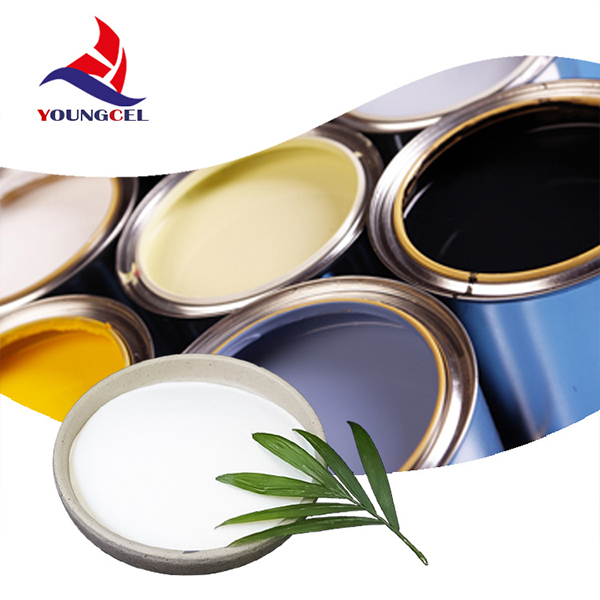Exploring the Influence of Wall Putty and HPMC in Modern Construction
In the ever-evolving field of construction and interior design, wall putty has emerged as a fundamental material for achieving smooth and visually appealing surfaces. When combined with Hydroxypropyl Methylcellulose (HPMC), a versatile cellulose derivative, the performance of wall putty greatly enhances. This article delves into the significance of wall putty, the role of HPMC, and their combined influence on the construction industry.
Wall putty is a white cement-based material used to fill imperfections and provide a smooth finish to walls before painting or wall covering applications. It serves multiple purposes it improves the aesthetic appeal of surfaces, increases the durability of walls, and contributes to better adhesion for paints and coatings. The application of wall putty can transform even the most uneven surfaces into a canvas ready for decoration.
Exploring the Influence of Wall Putty and HPMC in Modern Construction
Firstly, HPMC improves the workability of the putty. It provides a longer open time, allowing contractors to work more flexibly without worrying about the material drying too quickly. This attribute is particularly advantageous when working on larger surfaces or intricate designs, where precision is paramount. Additionally, HPMC helps in achieving a smoother finish, which is vital for the overall aesthetics of the finished walls.
wall putti hpmc

Moreover, the presence of HPMC in wall putty enhances its adhesion properties. HPMC creates a stronger bond between the wall surface and the putty, reducing the likelihood of flaking or peeling in the long run. This is especially relevant in regions with high humidity or fluctuating temperatures, where materials can expand and contract, leading to potential failures. By using wall putty enriched with HPMC, builders can ensure that their work stands the test of time.
Furthermore, HPMC contributes to the eco-friendliness of wall putty formulations. As a plant-derived cellulose, HPMC is biodegradable, and its use supports the development of sustainable construction practices. In an industry increasingly focused on reducing its environmental impact, products that integrate natural components like HPMC align with this vital goal.
It is also essential to highlight the versatility of wall putty enhanced with HPMC. Depending on specific project requirements, manufacturers can tailor the composition of wall putty, adjusting the levels of HPMC to create products suited for various applications—from residential homes to commercial buildings. This adaptability ensures that every contractor can find a solution that meets their particular needs.
In conclusion, wall putty and HPMC together represent a remarkable advancement in construction materials. The blend of wall putty’s aesthetic benefits and HPMC’s functional properties leads to surfaces that are not only beautiful but also durable and sustainable. As the construction industry continues to evolve, these materials will play an instrumental role in shaping the future of building practices, emphasizing quality, sustainability, and innovation. To leverage the full potential of modern construction techniques, embracing the synergy between wall putty and HPMC is not just beneficial; it is essential.
-
Rdp Powder: Key Considerations for Wholesalers in the Building Materials IndustryNewsJul.08,2025
-
Key Considerations for Wholesalers: Navigating the World of Hpmc - Based ProductsNewsJul.08,2025
-
Hpmc Detergent: Key Considerations for WholesalersNewsJul.08,2025
-
Key Considerations for Wholesalers: China Hpmc For Tile Adhesive, Coating Additives, Concrete Additives, and MoreNewsJul.08,2025
-
Crucial Considerations for Wholesalers: Navigating the World of Construction MaterialsNewsJul.08,2025
-
Key Considerations for Wholesalers Sourcing Additive For Cement, Additive For Concrete, Additive For Putty from Additive Manufacturer Shijiazhuang Gaocheng District Yongfeng Cellulose Co., Ltd.NewsJul.08,2025




